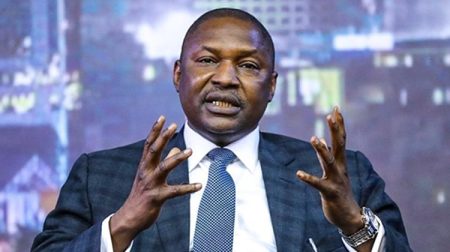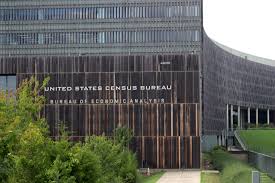The 2025/26 Premier League season approaches, and clubs are meticulously analyzing their squads, identifying weaknesses, and preparing their transfer strategies. Several recurring themes emerge across the league: the need for clinical strikers, robust defenders, and creative wingers. Many clubs are seeking to bolster their attacking firepower, while others are focusing on solidifying their defensive lines or adding dynamism to their flanks. The summer transfer window promises to be a busy period as teams compete for the talent needed to achieve their ambitions.
Arsenal, despite their impressive expected goals (xG), struggled to convert chances, highlighting the need for a prolific striker. Similarly, Manchester United underperformed their xG significantly, indicating a lack of clinical finishing up front. Brighton & Hove Albion, while successful in developing young talent, requires a proven goalscorer to lead the line. Burnley, newly promoted from the Championship, acknowledges the need for attacking reinforcements to compete at the highest level. West Ham United also requires a reliable goal-getter to improve their scoring output. The demand for top-quality strikers will undoubtedly drive competition in the transfer market.
Defensive frailties are another area of concern for several teams. Aston Villa seeks to reinforce their right-back position after costly errors late in the previous season. AFC Bournemouth faces the challenge of replacing key defensive figures, demanding a centre-back with both solidity and passing ability. Crystal Palace, aiming to strengthen their back three, is in the market for a new centre-back. Everton, relying heavily on an aging right-back, must invest in a younger, more specialized player for that position. Leeds United, returning to the Premier League, recognizes the importance of bolstering their defence with top-flight experience.
Several clubs are focused on adding creativity and pace to their wide areas. Brentford needs to find a dynamic right-winger to maintain their attacking threat, especially if Bryan Mbeumo departs. Fulham seeks a winger capable of beating defenders and creating chances beyond simple crosses. Liverpool, aiming to rejuvenate their left flank, is exploring options to provide competition for the aging Andy Robertson. Manchester City, with the potential departure of Kyle Walker, needs a pacey right-back to address transitional threats. Newcastle United, while impressed with Jacob Murphy’s performances, desires greater fluidity and competition on the right wing. Tottenham Hotspur seeks direct, goalscoring wingers to sharpen their attack and support their forwards. Wolverhampton Wanderers, having lost key players on their left side, urgently requires reinforcements to maintain their attacking output.
Chelsea’s goalkeeping situation is a priority, with the need for a more reliable and consistent presence between the posts. Nottingham Forest, preparing for European competition, requires a metronomic midfielder to improve their passing accuracy and control in the middle of the park. Sunderland, after losing a key defensive midfielder, must find a tough-tackling replacement to protect their backline upon their return to the Premier League. These specific needs reflect the diverse challenges faced by clubs across the league, each seeking to address individual weaknesses and build a competitive squad.
The strategic focus on specific positions underscores the analytical approach taken by Premier League clubs. They are not simply looking to acquire talent but are targeting players who fit specific tactical needs and address identified weaknesses within their squads. This targeted approach reflects the increasing professionalism and sophisticated analysis that characterizes the modern game.
The summer transfer window will be a crucial period for these clubs to execute their strategies and acquire the players needed to achieve their objectives. The competition for top talent will be fierce, and the success of these transfer endeavors will significantly impact the fortunes of these clubs in the upcoming season. The dynamics of the transfer market, the negotiations, and the eventual outcomes will shape the landscape of the Premier League and determine which teams are best positioned for success.














